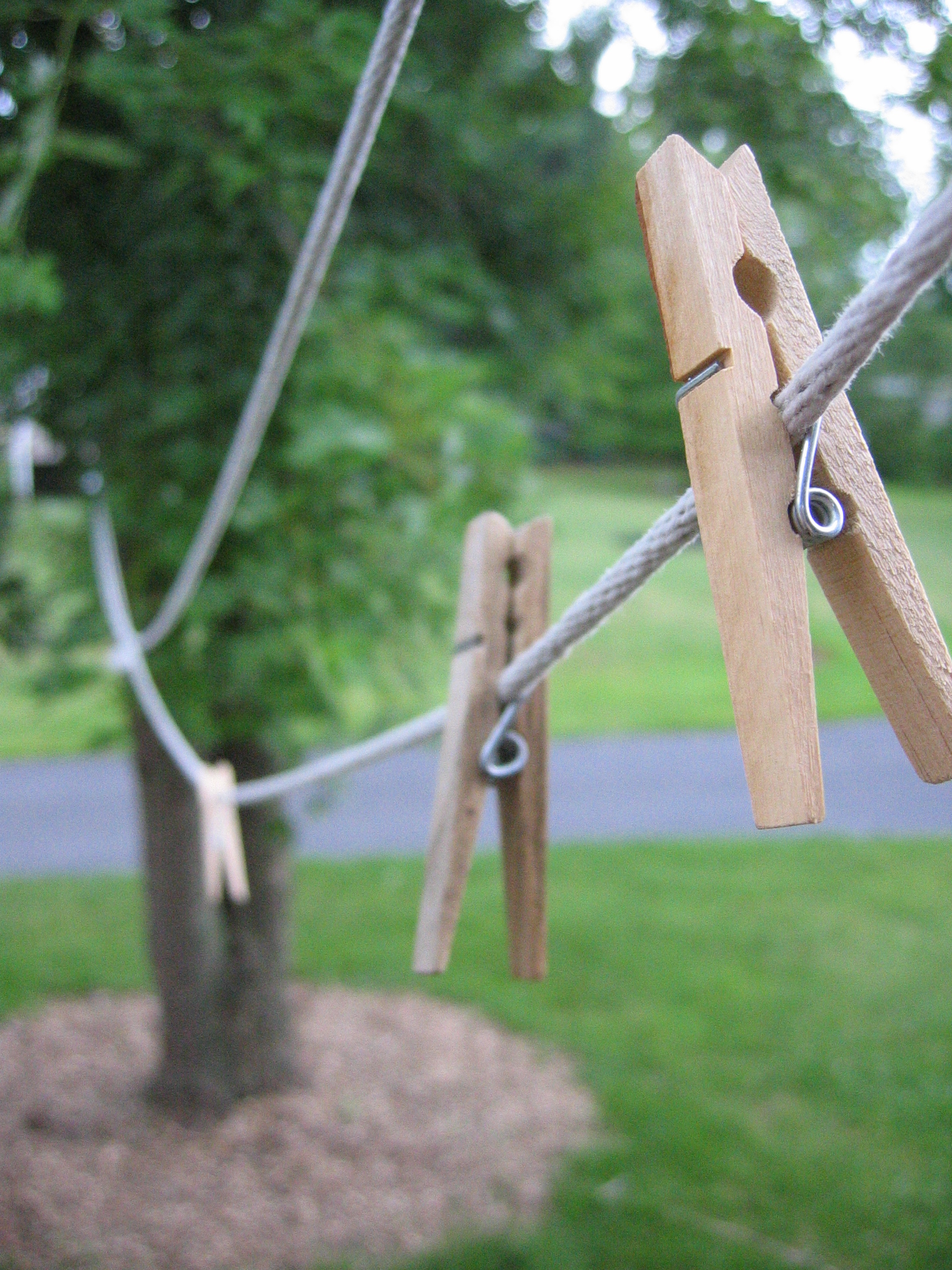 |
| Game bird pen |
I suppose the
first thing you should do before deciding to raise quail is prepare a structure
in which to keep them, since quail are good fliers. Not me…I bought the quail first! Then, I was forced to come up with some sort
of pen quickly. There was a slight
crisis when we arrived home at 10 p.m. from the farm with eight quail in a
small box and nowhere to keep them (Rural King was closed). However, we shut the doors to a small room in
our house and transferred them to a larger box, put some water in and hoped for
the best. There was a bit of flying
around the room (I wish I had video footage to share), but all ended calmly and
there were still eight healthy quail in the morning.
 Needless to
say, I spent the next morning figuring out how to house these little guys in a
way that would make both their life and mine enjoyable. I was inspired by some raised beds made out
of cinder blocks at Eli Creek Farms and the cluttery pile of cinder blocks in my
own yard. I decided to give it a go and
make a small pen out of cinder blocks.
Of course, I would need some other things like chicken wire and feeding
pans as well. Following is the
step-by-step for building the pen:
Needless to
say, I spent the next morning figuring out how to house these little guys in a
way that would make both their life and mine enjoyable. I was inspired by some raised beds made out
of cinder blocks at Eli Creek Farms and the cluttery pile of cinder blocks in my
own yard. I decided to give it a go and
make a small pen out of cinder blocks.
Of course, I would need some other things like chicken wire and feeding
pans as well. Following is the
step-by-step for building the pen:
1. Stack cinder blocks two high in the shape of a
rectangle.
2. Lay one wall’s worth of cinder blocks
sideways, so that the birds can nest and lay eggs in the holes of the cinder
blocks.
3. Spread chick wire (holes are smaller
than traditional chicken wire) over the cinder blocks.
4. Secure one side of the chicken wire
between the two layers of cinder blocks (opposite the laying side). Tie the wire down using metal wires through
the holes of the cinder blocks on two sides of the rectangle.
5. Build the outline of a rectangle the
size of the top of your cinder block rectangle using scrap wood and place it on
top of the wire to keep raccoons and other predators out.
6. Hinge a solid rectangle to the frame
to cover the side where the holes face out, so you can lift it to retrieve
eggs.
7. Staple the extra chick wire to the top
of the rectangular wood fram. Place an
extra cinder block on top of the rectangle and in front of the door just to be
sure.
Using this
structure, we can change their water by lifting the corner that is not wired
shut. We can also slide the feeding tray
in through the nesting holes. We threw
some wood chip animal bedding in to keep things cozy. Our guys are in a big enough space that they
can run around together, and they like to cuddle together in their nesting
holes. Now all we have to do is wait for
the eggs!







